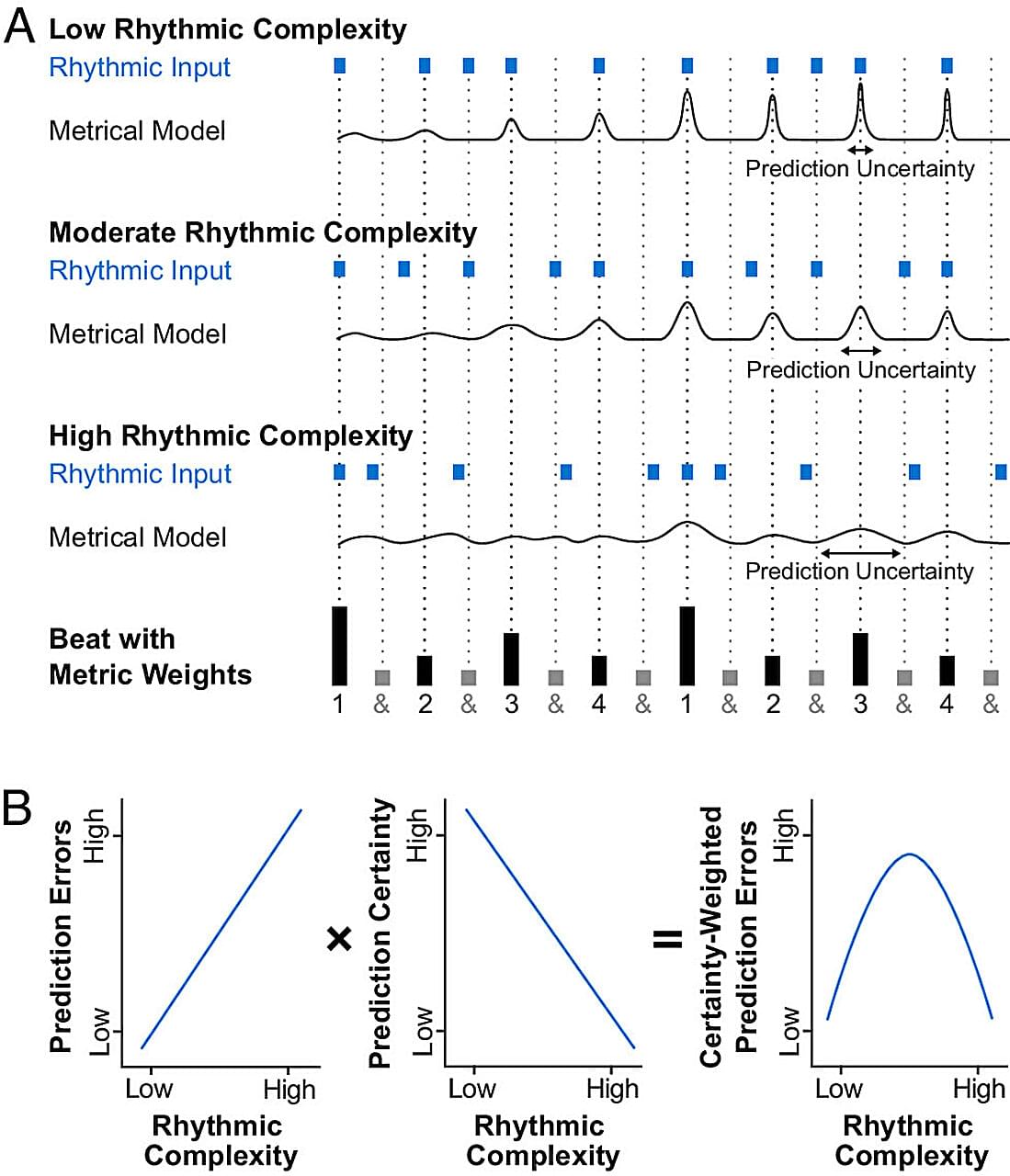High quality 4K Download: https://melodysheep.gumroad.com/l/udffp // Soundtrack: https://melodysheep.bandcamp.com/album/engineering-earth-original-soundtrack // Mankind has become the pilot of spaceship earth, whether we like it or not. Half of all habitable land on earth is now dedicated to supporting human activity. And as of the year 2020, the mass of all man-made materials now outweighs the mass of all life forms on earth.
Despite all this, we are still newcomers – untrained pilots steering an ancient, ever-changing planet. If we want to survive long-term and continue to grow, we will have to make bigger technological leaps than ever before.
This film explores the wildest, most ambitious, most dangerous ideas to keep Earth and humanity thriving, by protecting each of its layers – from the lithosphere to the stratosphere.
Many of our ideas may never materialize, but by dreaming them up, we can open our minds to the full potential of human willpower and intellect. The future is ours to build.
—
Thanks for watching everybody.
Music, Visuals, Sound & Story by Melodysheep (John D. Boswell)
melodysheep.com.
instagram: @melodysheep_
twitter: @musicalscience.
Narrated by Will Crowley.
